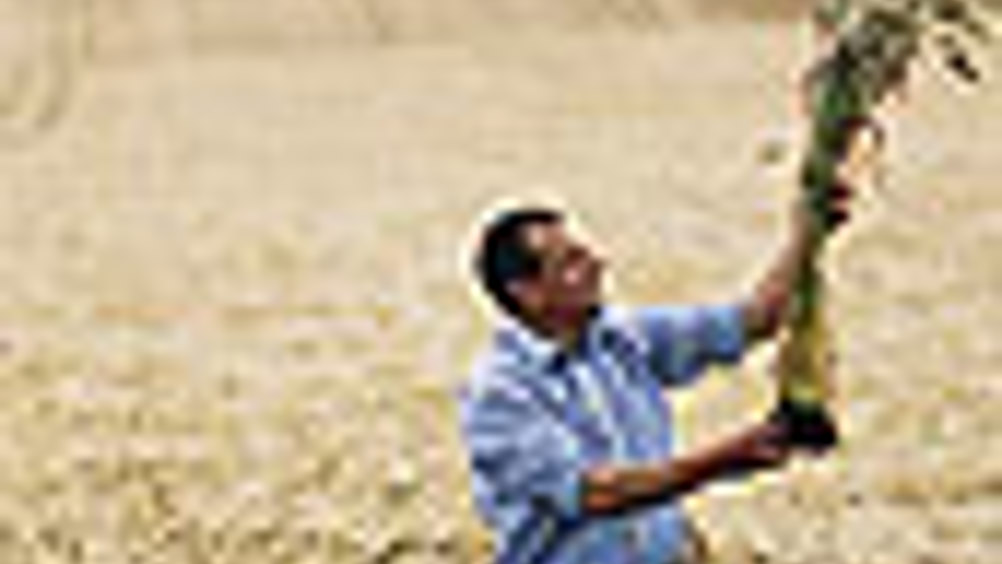Field of image fusion could aid farmers

Spanish researchers have developed a set of image fusion techniques that can be used on multi-spectral satellite images to provide better environmental and agricultural information.
The Remote Sensing Group at the Univeridad Politecnica de Madrid's School of Computing claims its techniques could provide low-cost, high spatial and spectral resolution images.
Remote sensing techniques produce multi-spectral images from different bands in the electromagnetic scale reflected by the earth's surface, and panchromatic images for a single, broad spectral band. There is usually a trade-off between the spatial and spectral resolution provided by different types of sensors.
Image fusion techniques can integrate information from different images to retain the key information from the original sources. Some existing multi-resolution analysis techniques use discrete wavelet transform (DWT), which limits the distortion of the colour of fused multi-spectrum images, but there is no way of controlling the trade-off between the spatial and spectral quality of the fused images.
The researchers proposed a weighted version of DWT-mediated fusion using an algorithm that can efficiently separate the background information from the detail of the image. They also put forward other techniques based on multi-direction/multi-resolution transforms (MDMR), which provide better-quality fused images than DWT-based techniques but allow the trade-off between the image's spatial quality and colour distortion to be controlled.
The group is making its utilities publicly available for the public domain Java image processing software ImageJ. It claimed the resulting images could be used in fields such as urban planning, natural resources management and precision farming.
Register now to continue reading
Thanks for visiting The Engineer. You’ve now reached your monthly limit of news stories. Register for free to unlock unlimited access to all of our news coverage, as well as premium content including opinion, in-depth features and special reports.
Benefits of registering
-
In-depth insights and coverage of key emerging trends
-
Unrestricted access to special reports throughout the year
-
Daily technology news delivered straight to your inbox










Water Sector Talent Exodus Could Cripple The Sector
Maybe if things are essential for the running of a country and we want to pay a fair price we should be running these utilities on a not for profit...